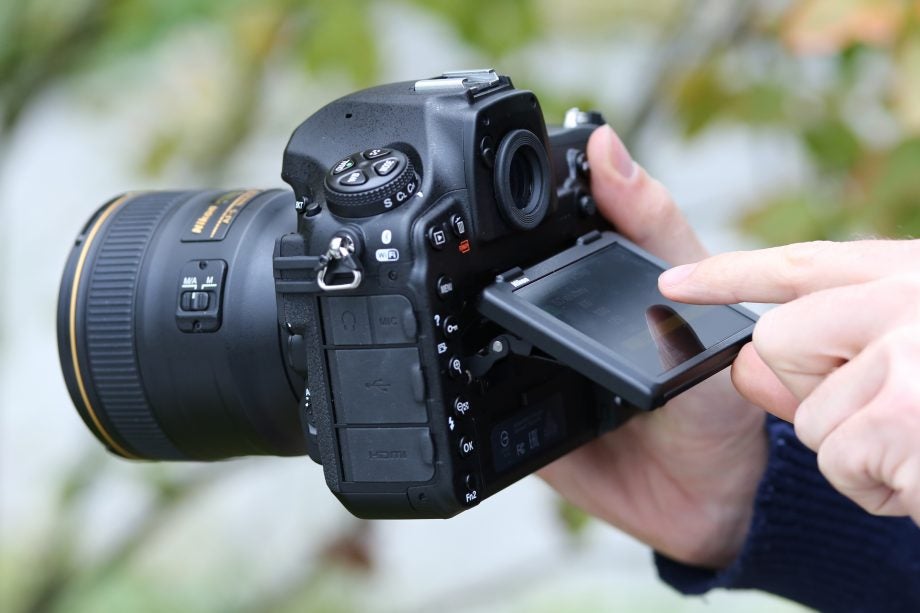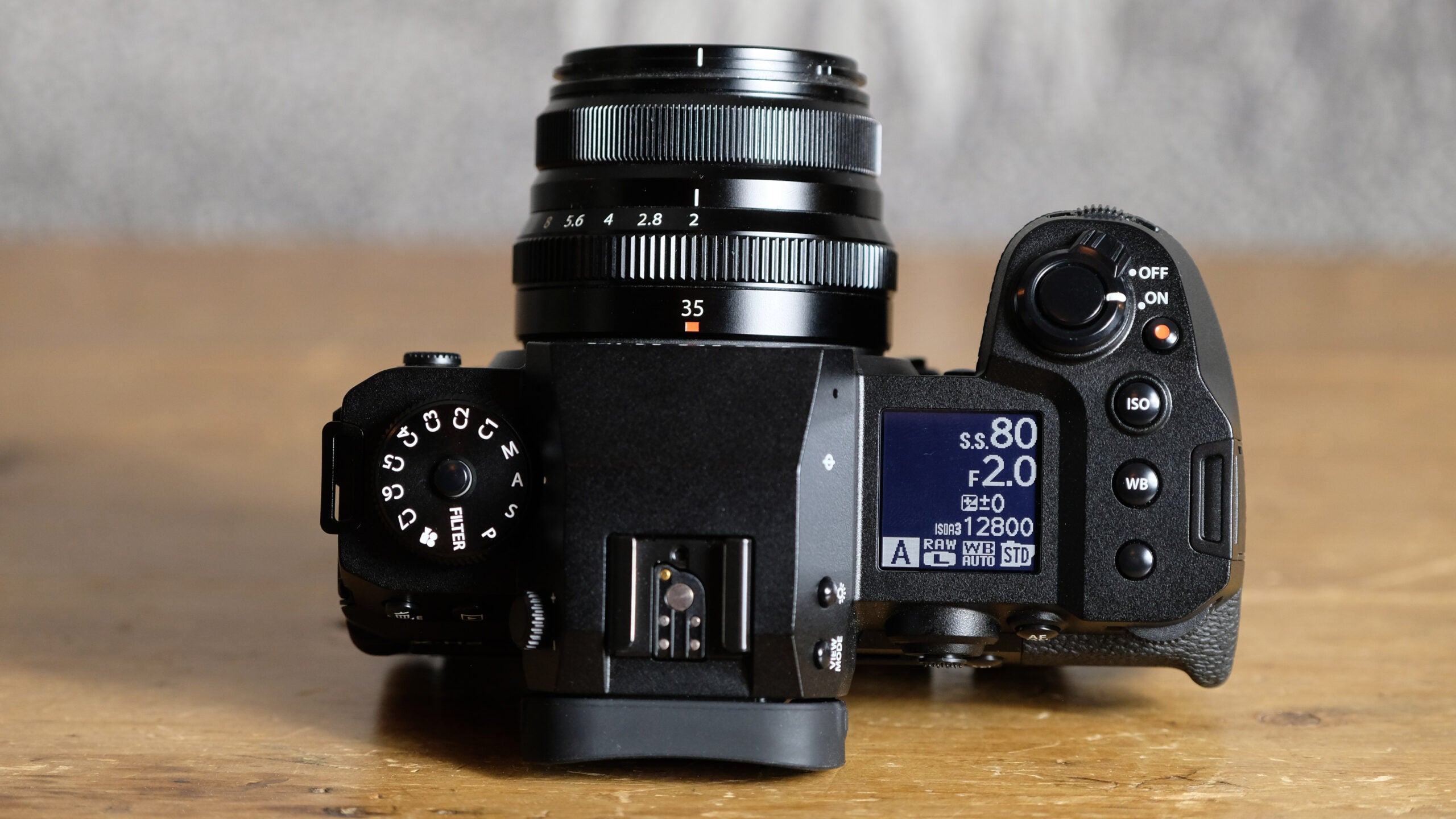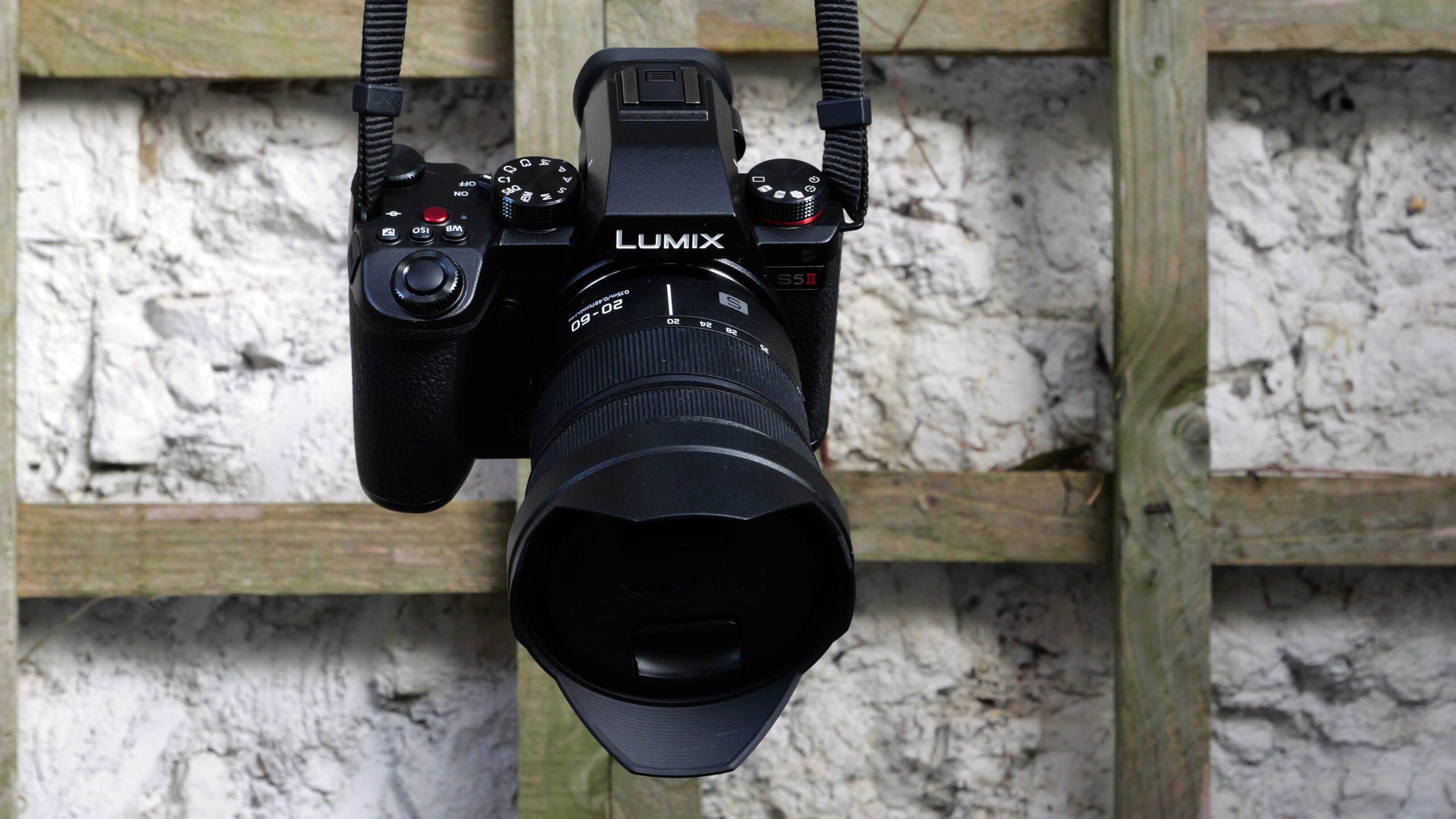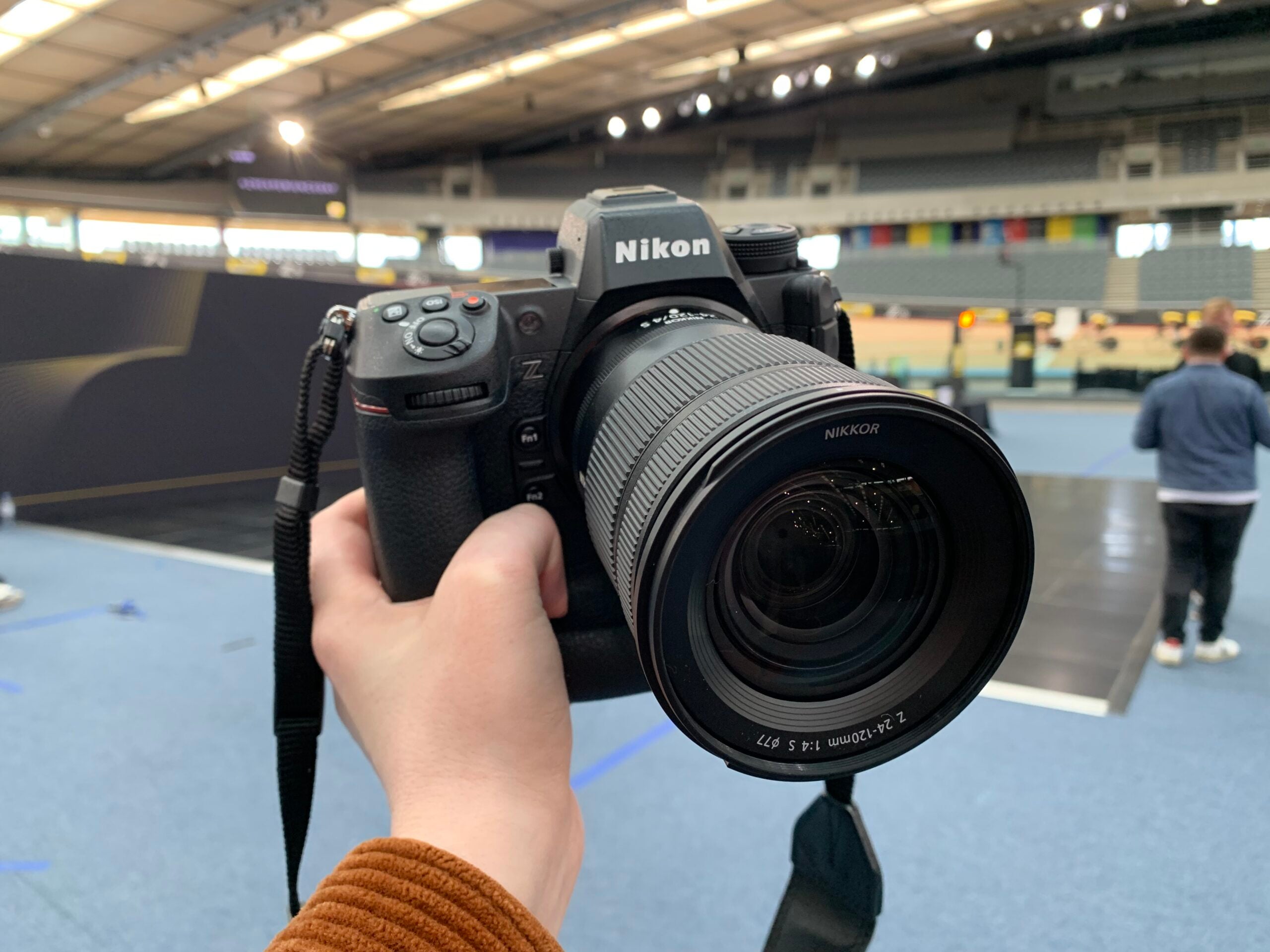What is aperture in photography? Everything you need to know

If you’re looking at picking up a new camera, you’ve probably come across the term aperture. But what does it mean?
We’ve put together this guide to explain what aperture is, how f-stop works and how it affects your images…
What is aperture in photography?
Aperture refers to the adjustable lens opening in a camera that controls the amount of light that reaches the sensor. This opening can be widened to let in more light or narrowed to limit the amount of light that gets into the camera.
Not only does aperture affect the exposure of a photo by letting light in, but it also controls the depth of field in that image
A wide aperture will create a shallow depth of field, putting the subject in focus and creating a blurred effect in the background. This is also what creates that soft bokeh look when you snap photos in front of bright signs and Christmas lights.
A narrow aperture, meanwhile, will ensure both the foreground and the background is sharp and in focus. This makes it a better choice for landscapes and instances where you want more of your image to be clear, such as shots with multiple people in frame.
Aperture is just one part of the exposure triangle in photography, alongside shutter speed and ISO. These three aspects work together to determine the final look of your image.
How do you control the aperture?
Aperture is controlled using f-stops. This is a term you might already be familiar with if you use portrait mode on your smartphone.
Exactly which numbers are available will depend on the lens you’re using, but f-stops typically range from around f/1.4 up to f/22.
Smaller numbers correlate to a wider aperture. This lets in more light, creating a shallow depth of field and a softer, more blurred background. For this reason, you might want to opt for a smaller number (f/2.8 or lower) to capture portraits.
Bigger numbers, meanwhile, equal a narrow aperture. This means that less light enters the camera and the backdrop can be sharp and in focus. Bigger numbers (f/16 or above) are best for capturing landscapes and groups of people. They’re also better suited to shooting on sunny days.
While experimenting with the aperture is a great way to gain more control over your images and get creative with the results, it’s important to remember that aperture is also one third of the exposure triangle. You’ll need to make sure to balance the aperture with the ISO and shutter speed to achieve a correctly exposed image.
For example, if you need to use a fast shutter speed to capture moving objects, you might want to set a slightly wider aperture to brighten up your image. This will prevent you from having to push the ISO too high, which could result in a grainy image.





